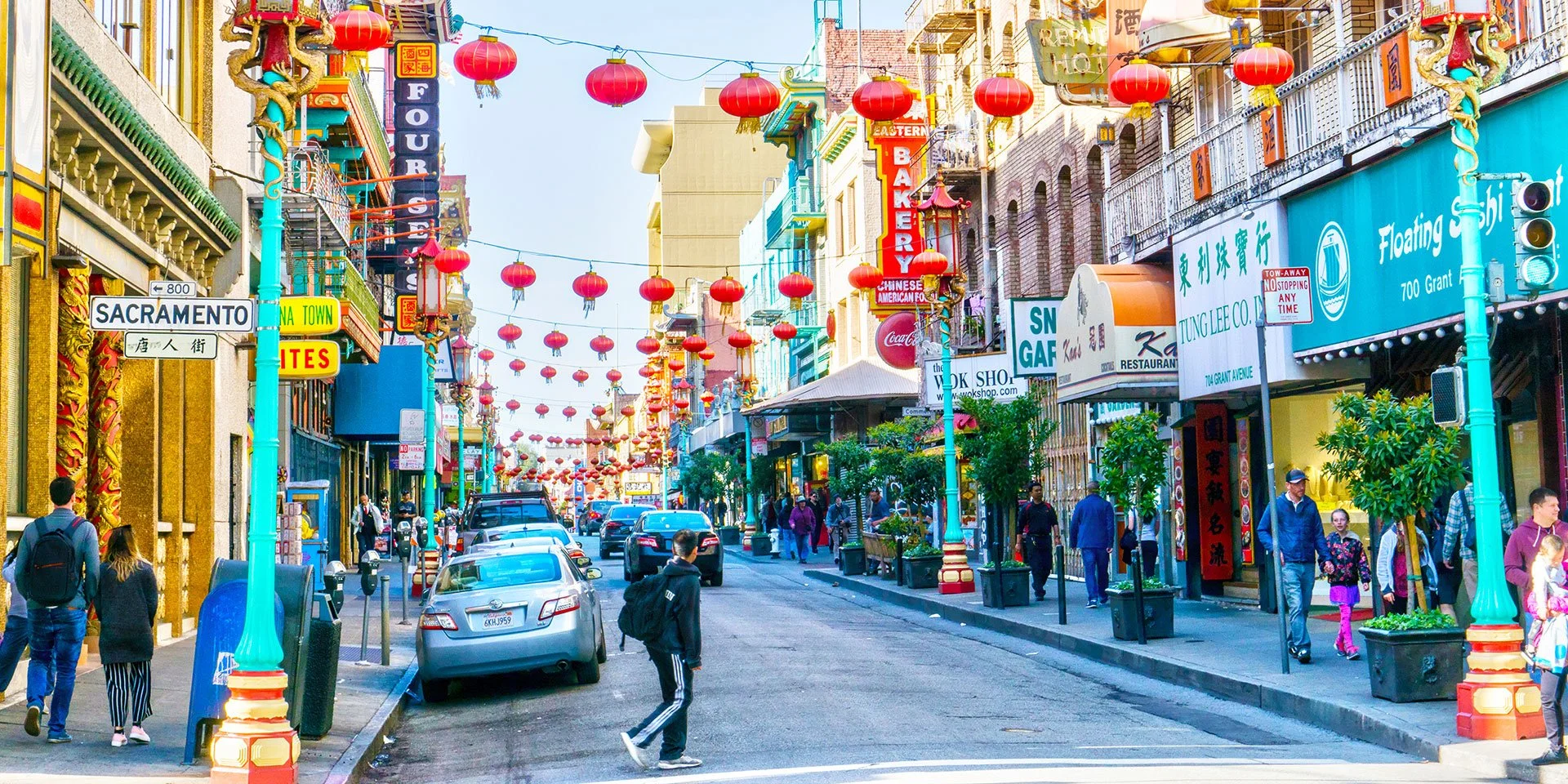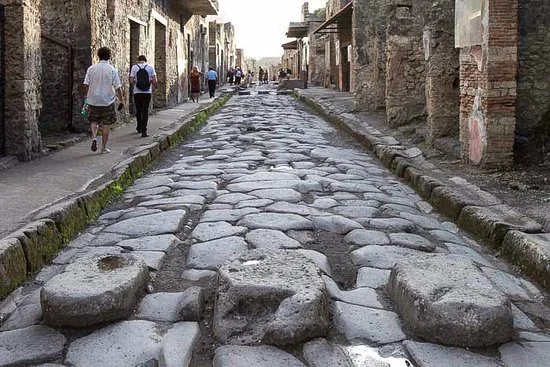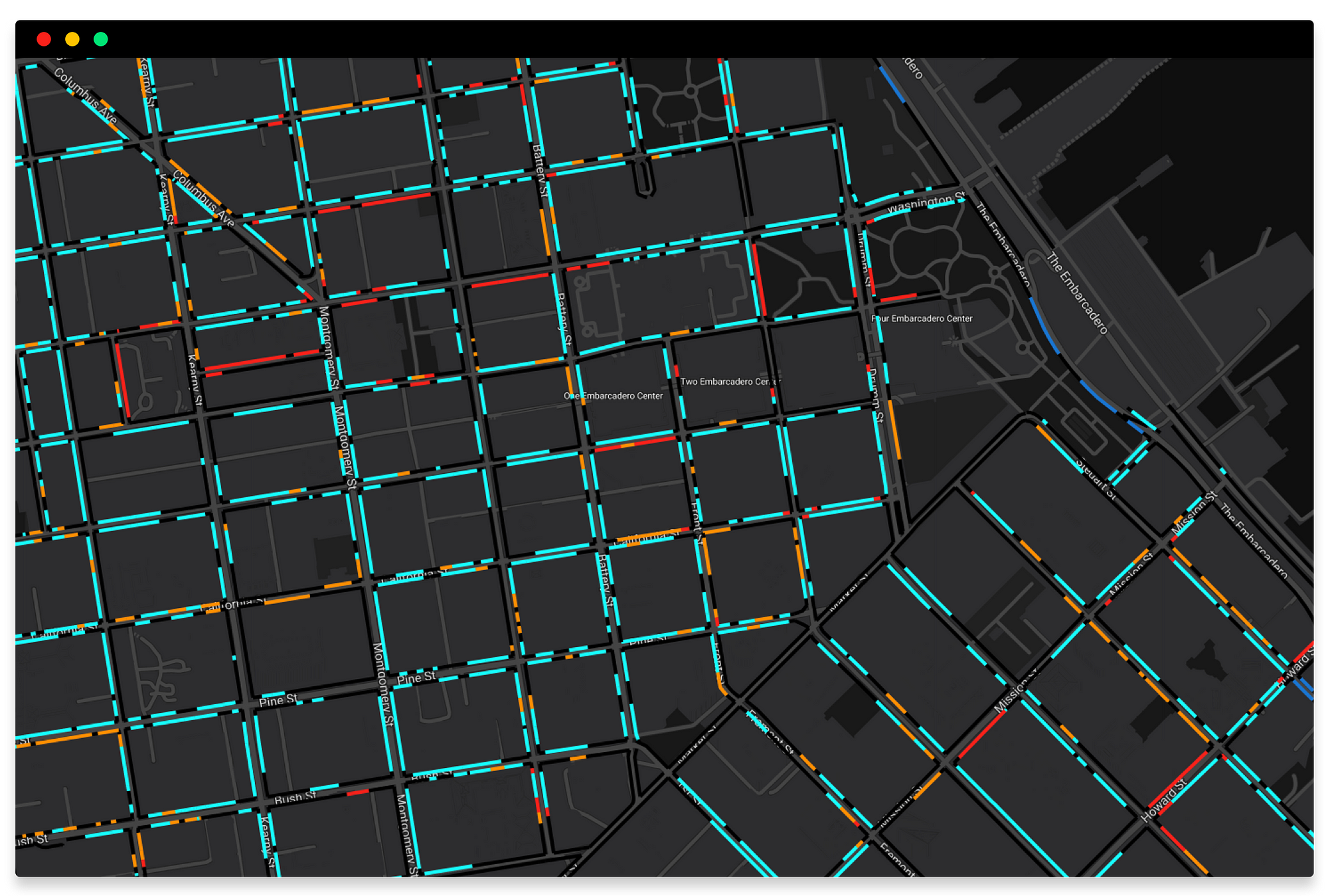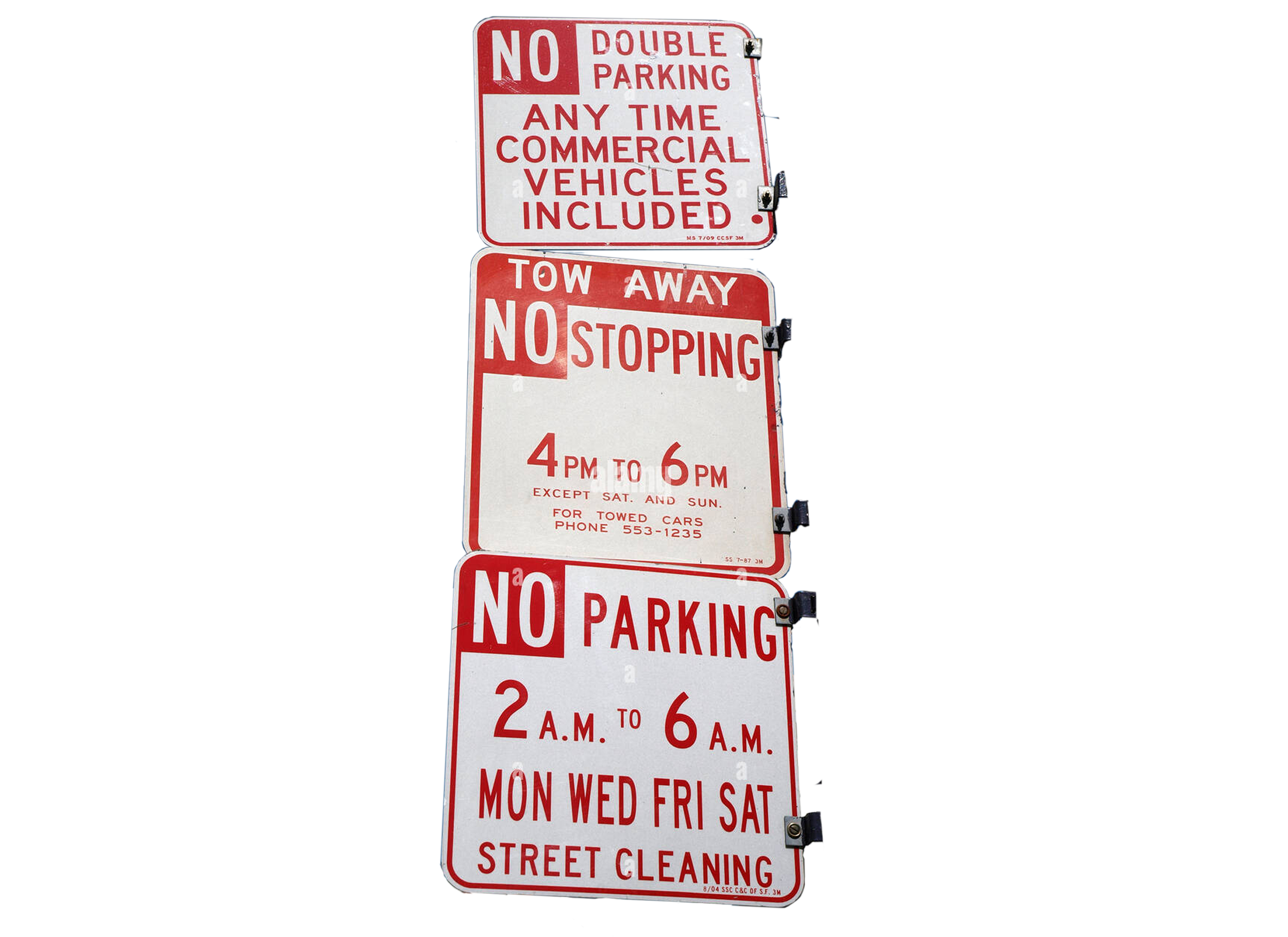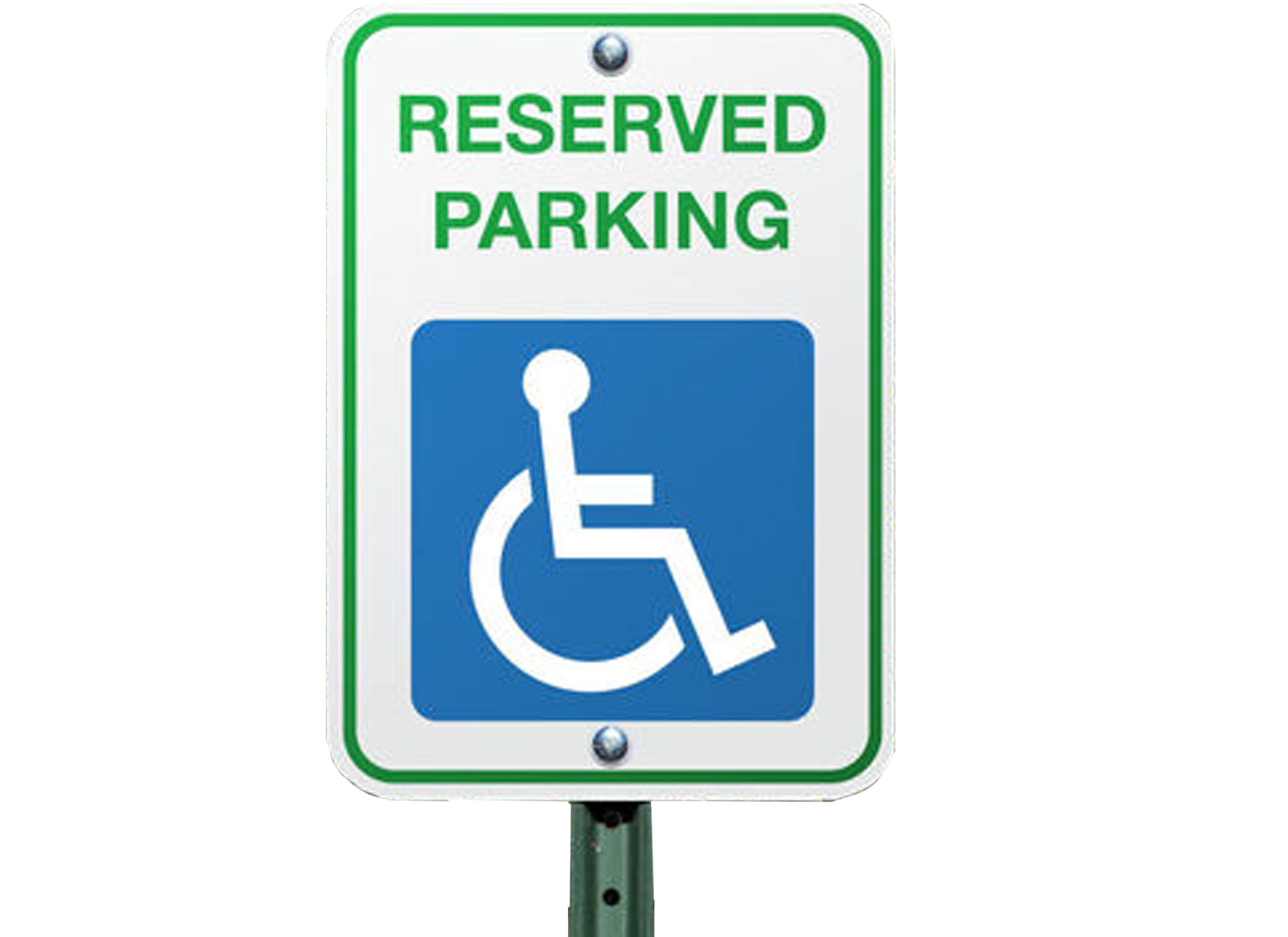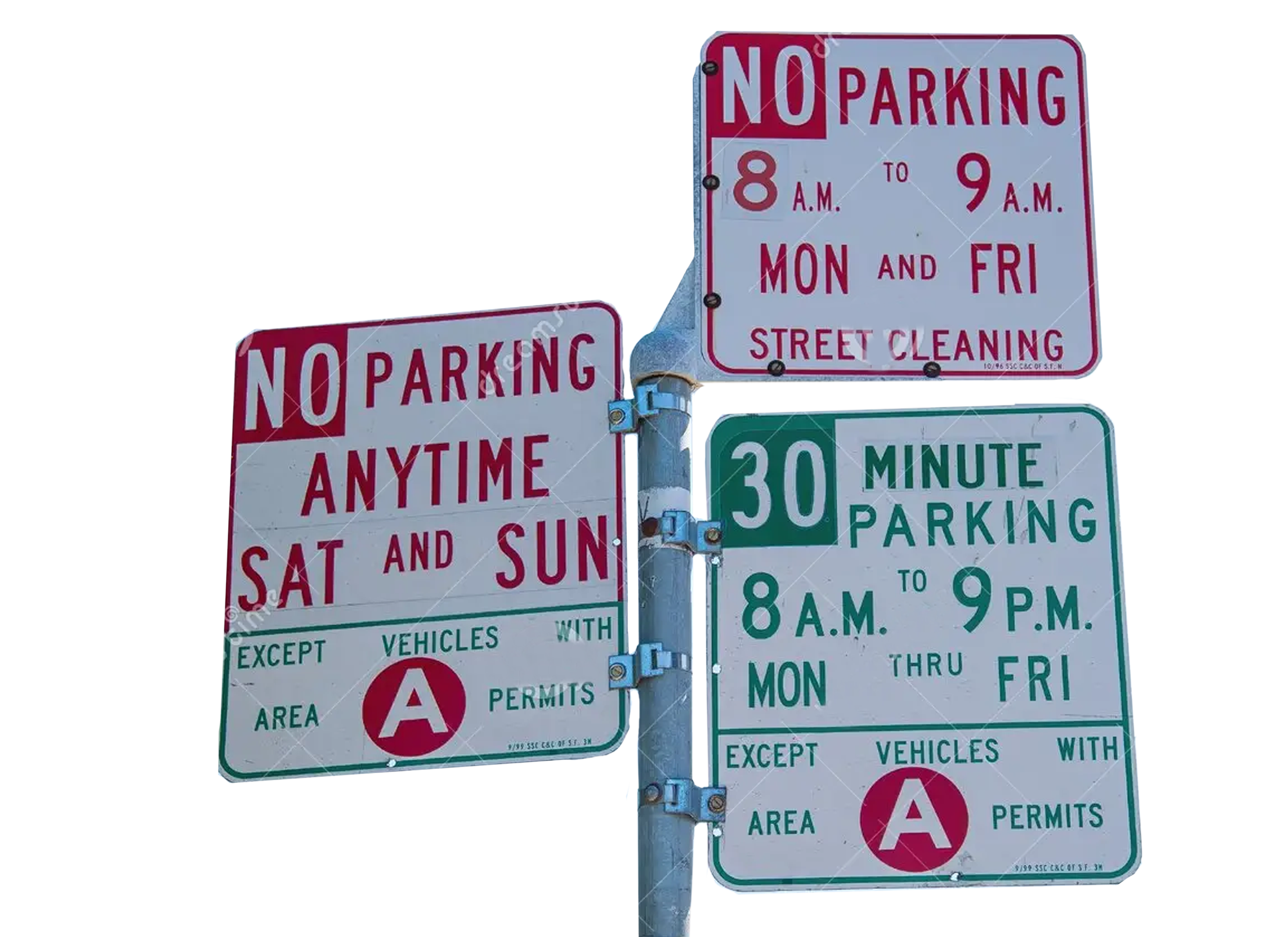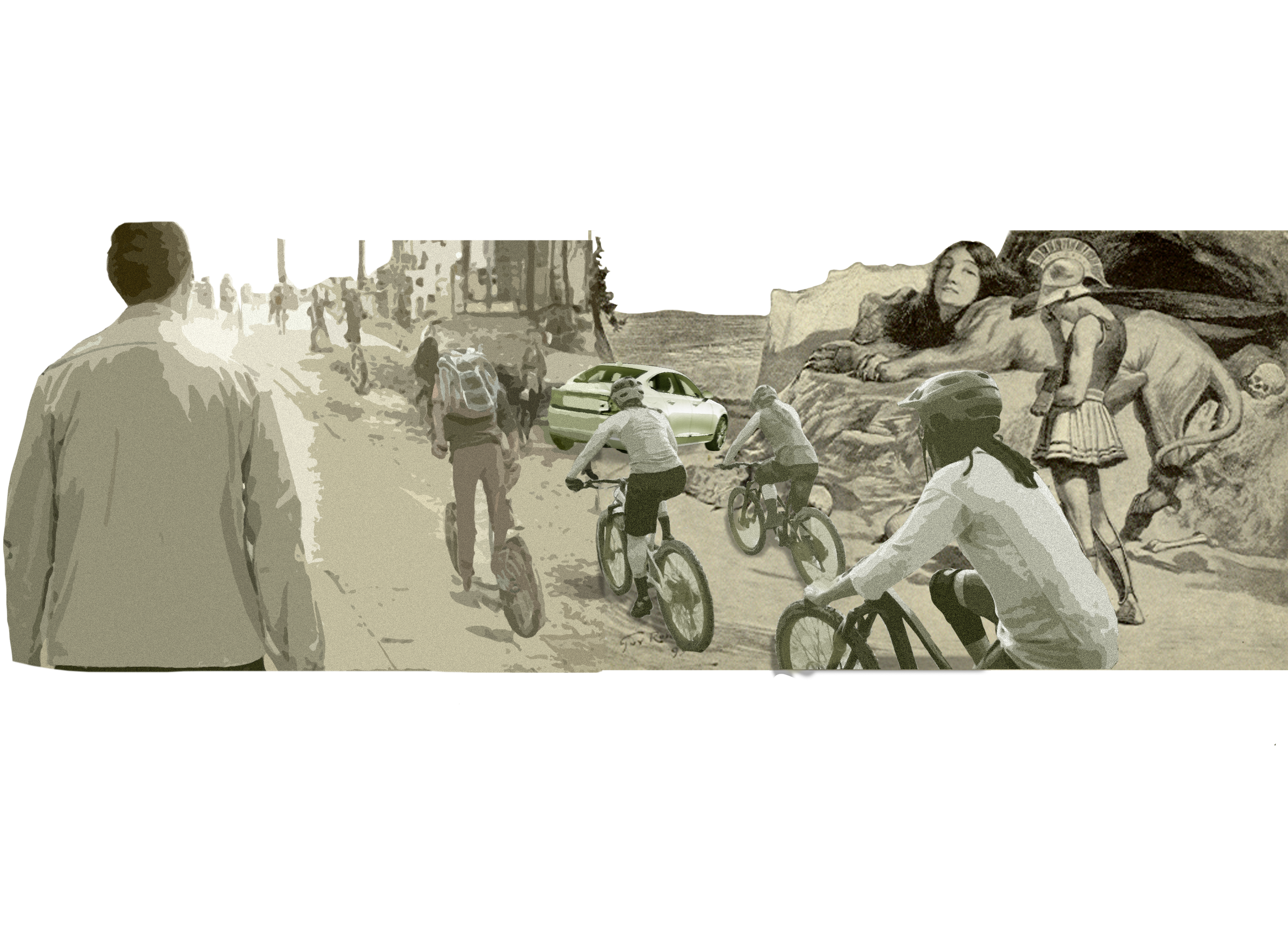A Senior Project by Benjamin ChuCurbs With Enthusiasm
Spring 2023Facing the Music
Frolic by Luciano Michelini is iconic to the show “curb your enthusiasm”. Created by Larry David, the series premiered on October 15th, 2000, and is currently in its 12th season. It follows David and his perception that people live their lives with a false sense of enthusiasm. This sort of sentiment introduces awkward moments and situations like the etiquette of a lazy Susan or disputes over anchovies. While the title urges the audience to maintain low expectations, it also happens to be the top search results when looking up curb. The curb we all know of but tend to forget about, the space between sidewalk and street. The sheer lack of open information regarding one of the most common features in the built environment reveals a societal blind spot in regard to the curb.
-
https://escholarship.org/content/qt6sm968t2/qt6sm968t2.pdf
https://www.fhwa.dot.gov/livability/fact_sheets/curbside_inventory_report.pdf
https://www.foundsf.org/index.php?title=The_Heyday_of_Horsecars
https://nacto.org/tsdg/curb-appeal-whitepaper/
https://nacto.org/wp-content/uploads/2017/11/NACTO-Curb-Appeal-Curbside-Management.pdf
https://www.nytimes.com/2023/03/20/us/california-marks-three-years-since-covid-stay-at-home-orders.html
https://scag.ca.gov/sites/main/files/file-attachments/scag-curb-space-management-study-final.pdf?1663907789
https://www.sfmta.com/sites/default/files/reports-and-documents/20
20/02/curb_management_strategy_report.pdf
https://www.sciencedirect.com/science/article/pii/S0965856421001890#s0050
https://nyc.streetsblog.org/2020/10/21/vision-zero-cities-experts-foresee-diverse-curbside-uses
https://usa.streetsblog.org/2019/12/11/three-cities-see-a-way-to-curb-traffic#new_tab
https://scag.ca.gov/sites/main/files/file-attachments/scag-curb-space-management-study-final.pdf?1663907789
https://scag.ca.gov/sites/main/files/file-attachments/scag-curb-space-management-study-final.pdf?1663907789
Say Neigh to Walking
While curbs go as far back as Pompeii, they were far from common in most large American cities. One of the driving forces for the introduction of curbs were means of managing storm waters and horses. Prior to the nineteenth century, cities were traversed almost exclusively on foot. Simply riding horses were uncommon due to their expense, slow speeds, and jarring rides. However, all this changed with the introduction of the omnibus, large stagecoaches that were fixed onto a route, offering more than affordable rides. Before the introduction of the private automobile, the horse car was the mode of transportation. They went on a smooth 6 miles per hour, was far less bumpy than the omnibuses or stagecoaches/carriages, and they made regular stops for passengers. These rides ushered in changes that are bound with modern transit, like in zone fare systems and ringing bells for passengers, notifying them that their stop was in bound. Such popularity was especially evident in San Francisco, where for every 100 residents there was 1 horse. Cities in New York had a combined horse population of 150,000 and 175,000 in 1880. However, the horse car peaked in 1886, boasting 525 horse railways in 300 US cities, altering the urban form itself. It created opportunities for workers to travel to their jobs rather than relying on adjacent tenement buildings for housing. Buildings that often lack ventilation and proper amenities like sunlight and room.
Say Neigh to Walking
Drowning in Water and Waste
However, opportunities away from poor housing and comfortable means of getting around weren’t the only things the popular horse car was producing, for they were producing poop, and quite a lot of it. This fact can be observed through their fuel, in which, “a typical streetcar horse consumes 30 pounds of grain and hay daily”, shipping in a whopping 350 tons of feed a day. With that in mind, American cities were essentially drowning in horse manure.
“By 1950 every street in the city would be buried nine feet deep in horse manure”
“By 1930 the horse droppings would rise to Manhattan’s third-story windows.”
“You would need 250 plus of today’s garbage trucks to move all of this horse manure every day ”
It was obvious that cities were drowning from both water and waste. While temporary propositions existed like the Crossing sweepers , who cleared paths for pedestrians, for a fee of course, two defining solutions were offered, the integration of the curb into cities, providing a degree of separation between horses and people, and the creation and rise of a horseless carriage, the automobile.
Concrete Islands and Seas of Cars
Little is known who truly introduced the curb to the US. It was popularized in Europe , in which a series of paving acts flooded 18th century London, introducing streets with raised Purbek stone. While they were initially sought for their aesthetics, people realized they were more than capable of protecting pedestrians.
One thing is certain, these raised hunks of asphalt , along with the rise of the automobile, paved the way for cars and their eventual dominance of the road.
As time progressed, the automobile was commercialized and became more integrated within cities, shifting cities and the curbs it rose with towards an autocentric layout. While residents moved further away with their newfound freedom, curbs became urban beaches, separating people from the now sea of cars. In San Francisco, approximately 90 percent of curbs were dedicated to car parking alone. To help manage the very limited space, forms of control or management have been implemented to assist in the containment and passage of cars. These ranged from the usage of parking meters to colored paint that restricts a certain activity or vehicle type, requiring a level of code breaking.
-
-Curb space for for pick ups and drop offs to minimize double parking
-Meant for active passenger loading, and drivers must remain with the vehicle at all times (except at preschools and hospitals).
-Vehicles parked for more than five minutes in a white zone are subject to citation and towing.
-
-Curb space for commercial vehicles to load and unload goods and help prevent double parking by commercial vehicles and trucks.
-The effective times of yellow zones vary and are indicated by signs on the meter and/or by stencils painted on the curb.
-Vehicles without a commercial license plate may use yellow zones for up to three minutes for active loading only, and the driver must stay with the vehicle.
-Vehicles parked in a yellow zone but not loading, or in excess of the time limit for the vehicle type, may be cited and towed.
-
-Curb space for short-term parking, generally 10, 15 or 30 minutes.
-Typical effective hours are 9:00 am to 6:00 pm, Monday through Saturday, though some green zone hours may differ.
-Vehicles that stay longer than the stated green zone time limit are subject to citation.
-In metered areas, green zones are indicated by either a green cap on the meter or green paint on the curb.
-In non-metered areas, green zones are indicated by green paint on the curb.
-
-Provide access to destinations for people with a valid disabled parking permit.
-Effective 24 hours a day except: during street cleaning hours, during tow-away hours, or when otherwise restricted by a special event or construction permit.
-Vehicles without disabled parking permits are prohibited from parking in blue zones and are subject to expensive citations and towing.
-
-Driveway Red Zones provide additional clearance for vehicles accessing off-street parking.
-They are installed next to active residential driveways. They are typically two feet long and installed on both sides of a driveway.
-It is illegal to park in any red curb and vehicles parked in red curb are subject to towing and citation.
Curb Crime and Punishment
However, even with the most prominent colors and the largest signs, curb management is still dealt with a major problem. Some of the means to assist in the management of cars, according to Michael Manville, a professor of planning at UCLA are
“a confusing patchwork of meters, time limits, permits, and—perhaps most notably—fines. Urban parking thus stands out among network infrastructure for its low level of payment, low level of quality, and large share of revenue derived from punishment.”
Often times the rules for these spaces lack consistency, varying from block to block, time of day, time of year, and even people. With such a confusing set of rules, riders either unintentionally break them or simply ignore them. When the perpetrators were caught, even the punishments vary, in which some people just got away with it or they were hit with a hefty fine.
However, the lack of movement not only increased online orders, but it meant an even larger lack of cars in the street. While there were more vans, offices were empty and people were working from home. This created a sense of liberation in the street, where people no longer had the constant fear of being struck, the smell of gasoline and burnt rubber was void from the air, and the screeching sound of tires and car alarms became foreign. The concept of closed streets was so popular that they were set to be permanent. This reduction of cars and the monotony of staying indoors for what felt like forever caused people to further appreciate walking, scooters, and of course, the bicycle. Bikes even went through a shortage due to the sheer number of orders. Ultimately the diversified and expanded range of active transportation options demanded a proper space for it and a proper infrastructure behind it.
Ultimately these diversified means of transportation and uses reduced the reliance on cars and celebrated the more active alternatives. With all these new uses, the curb should be reflective of that. Especially in terms of management. Rather than normalizing fines and punishments, where only a small proportion of people are caught and punished due to inconsistencies and confusion, a standard should be established.
The solution can be found when preparing for the future.
To be more specific it can be found in technology. As we become more connected with one another through our mobile devices, the digitization of the curb seems apparent, especially through apps. The integration of apps and curb data could reduce conflicts in the streets. Just look at Washington D.C and the app, curbflow. Curbflow sends real time information through cameras and a series of processes to delivery drivers on curbside availability and curb space. General access to such information reduces the stress of simply looking for a spot and save so much time. Apps like curb flow helped lower double parking near reserved curbs by 64 percent and there were no traffic injuries in the given sites. With access to the information at the palm of your hand, instances of rule ignoring, and rule breaking would be much less frequent, it would all be simpler and standard. However, this would require collaboration, working together:
With the reduced amount of parking necessary, other pieces of curb infrastructure could be focused on, like parklets that increase revenue, flexible lanes that can be used to accommodate future transportation needs, and shared pieces of micro mobility that encourage a healthier lifestyle.
A Demand on Deliveries
The past decade has revealed the value of the curb outside of monetization and parking. With the introduction of apps like Uber and Amazon, the curb was on its way to a more digitized era, emphasizing the use of curbs for deliveries and pickups.
Then COVID struck.
The stay-at-home order forced millions of people to quarantine at home, exuding feelings of uncertainty regarding the end of the pandemic. With the reality of the situation setting in, people began turning towards hobbies and other means of coping. This ranged from games that required a computer and accessories, to making bread, needing kitchen equipment and ingredients they did not have prior. With all this in mind, there was one thing that was certain, business was booming for Amazon. The online retailer had profits that doubled or by a staggering 220 percent. COVID catalyzed the prevalence and use of online shopping and deliveries from the now iconic vans of FedEx, UPS, and Amazon, emphasizing the volume of orders and scuffles over the curb.

